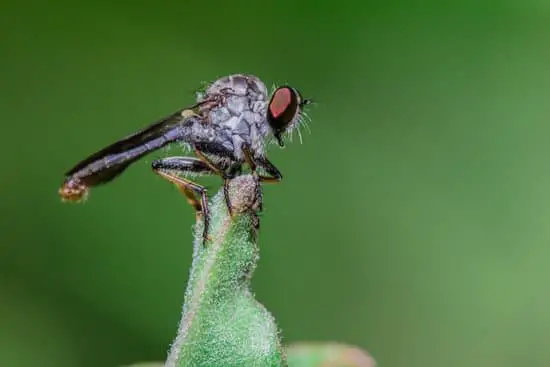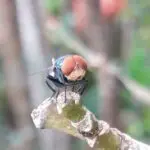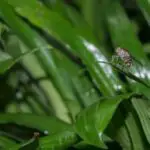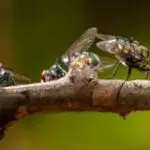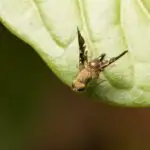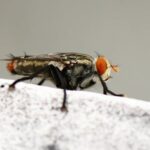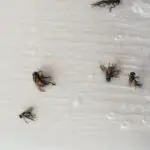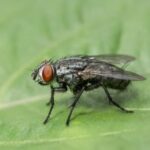How Much Do Flies Pollinate Plants?
Flies are a wonderful part of nature, but they can also be harmful. Flies are part of the insect family Diptera, which means “two wings.” Flies are a ubiquitous part of most habitats, including forests and gardens. They visit flowers, lay eggs, and feed on other insects. They also help plants grow.
Many species of flies pollinate plants, including crops. These flies do so by visiting flowers and consuming pollen, which gives them the necessary nutrients to grow and mate. Their hairy bodies help them collect pollen, and larger ones can carry hundreds of grains of pollen in their bodies. They’re often more effective at pollination than bees.
While honeybees get most of the credit, there are many other insects that help pollinate crops. According to Rader’s analysis, only a small group of crops are exclusively visited by bees, while most others receive visitation from flies and other insects. He analyzed the contributions of each type of insect in a study of 105 crops. His analysis showed that flies were the most important pollinators in most cases, and that they visited 72 percent of crops.
A number of species of flies are native to Australia and are commercially important for agriculture. Their life cycle traits and reproductive ability make them potential pollinators for many crops.
